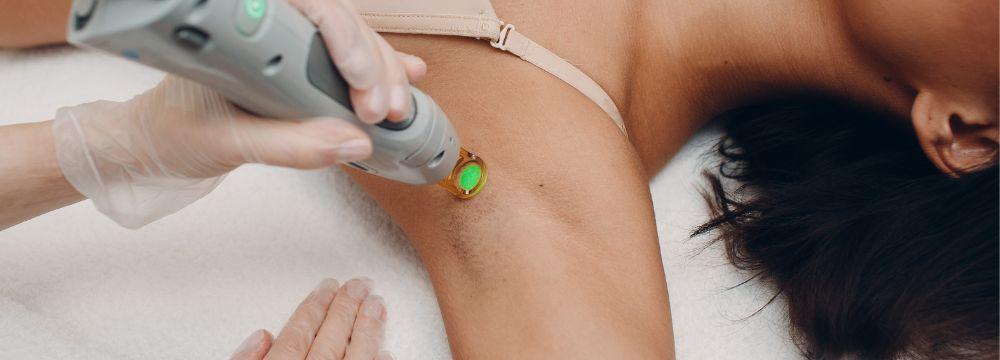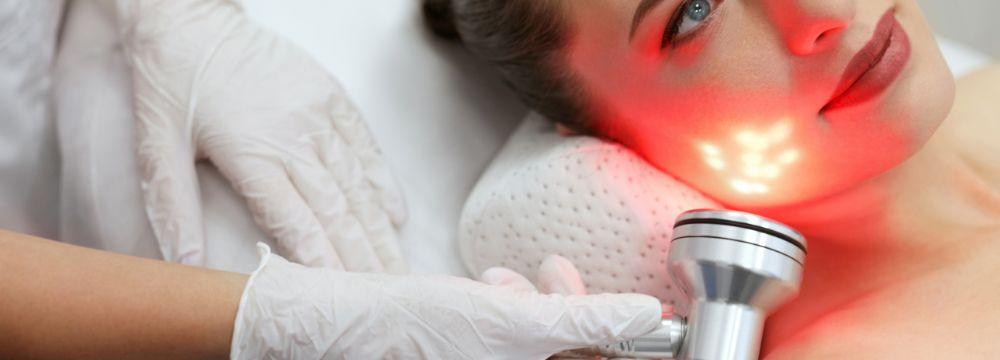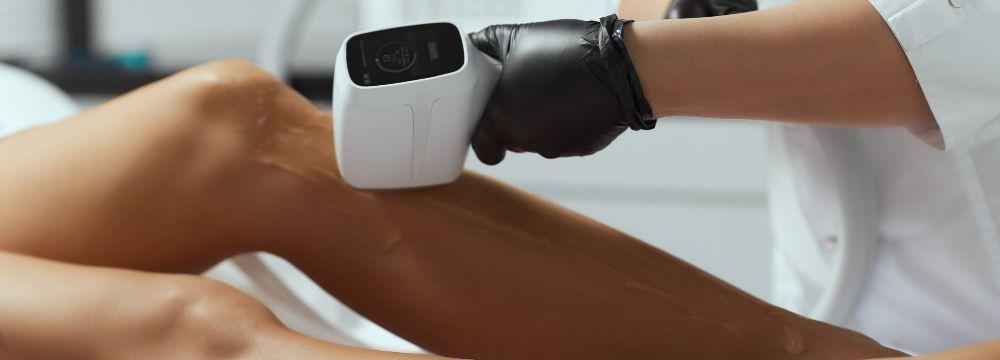Acne Scar Removal: What You Need to Know
It is estimated that up to 80% of people have experienced acne at some point. You might have scars if you suffered from acne as a teenager or even as an adult. While mild comedonal acne typically doesn’t leave behind any noticeable reminders, inflammatory and cystic acne can. Scars resulting from inflamed skin on the face, neck, and back can last a lifetime, long after the acne has cleared. The skin on our faces is thinner and more delicate than on other body parts, making it more prone to scar development. You might be wondering if there is any way to prevent or treat scars – and fortunately, the answer is YES to both!
Of course, it’s better to avoid scarring in the first place, so let’s start with some of the basics of scar formation. As the old saying goes – an ounce of prevention is worth a pound of cure.
Acne scars form when the skin becomes traumatized and then heals so that the top layer of skin has an imperfection in its elevation, typically a depression. Acne scars come in several shapes that reflect the subtype of acne present, to begin with. Ice pick scars look just like the sound like a tiny ice pick has made a deep, narrow hole in the skin’s surface. Rolling scars, again-much like they sound- appear as though the skin’s surface has small hills across it. Rolling scars may form following cystic acne. Other scars are described as boxcar shape – which may be deep or shallow, but where the edges are visible.
Scar Prevention
Regardless of the acne type – scar prevention is mostly the same. The first and best way to prevent scars is to avoid manipulation, picking, or squeezing acne pustules, especially before they form a head in the topmost layer of the skin. Acne frequently extends well beneath the top layer of skin – the epidermis, into the deeper layer – the dermis. The epidermis can heal from minor superficial traumas without a noticeable scar. However, when the dermal layers of the skin are involved, this disrupts collagen and the skin’s matrix, leaving the epidermis deformed due to the fibers that form during healing. A scar is more likely to develop if acne pustules are pressed or “popped” while their keratin content is deep. If the pustule has had time to reach the epidermis through mechanical, medical, or natural pathways, it is less likely to scar after healing.
So, What Pathways Can Improve the Chances of a Scar-Free Recovery?
This is where the two most critical steps for prevention come into play – medicine and tools. Medicine could mean a prescription medication like a retinoid or an over-the-counter option like benzoyl peroxide. Medications turn skin cells over faster, helping move acne from the dermis into the epidermis, where it can be expelled and healed. Skincare professionals use tools, such as facial steamers or extraction devices, to open the skin’s pores using heat and moisture to safely extract comedones and pustules with the least amount of trauma possible. Besides clearing the acne- minimizing trauma and avoiding disrupting the dermis are the best preventative measures against acne scarring.
There are many different treatment options for acne scars. Some treatment modalities can benefit specific types of acne scars, but some general approaches can work across the board.
More superficial boxcar scars are mild and can sometimes be successfully treated at home or with professional microdermabrasion and a prescription topical retinoid. Dermatologists can also treat these scars using microneedling, ablative lasers, or dermabrasion. Since they are located on the skin’s surface, boxcar scars are good candidates for gentle and conservative approaches.
Icepick scarring might be focal, like only on the cheeks, or more widespread and noticeable. It is challenging to treat because although each scar is tiny, it is deep, so superficial treatments don’t work well. Icepick scars may benefit from laser therapy and some novel applications of chemical peels that can break down their inside walls and force them to heal more smoothly.
Deeper boxcar and icepick scars might be good candidates for surgical interventions, especially when there are only a few of them and not widespread. This is where a punch excision is made, and when the new defect is closed, the scar can heal flat, eliminating the surface defect significantly. It is important to understand that you will likely have a flat linear scar instead of an old, deeper, hollow scar.
Rolling is often considered more severe and may cover more of the skin’s surface. Treatment options are limited, but one of the best approaches for this type of scarring is subcision. Subscision is successful because it releases scar bands from beneath the skin’s surface, allowing it to re-heal without the strictures that cause surface defects. This is usually done by a cosmetic dermatologist or a plastic surgeon and is a more invasive, not to mention expensive, option. Dermal fillers are another excellent option for deeper rolling scars. Unfortunately, filler is a temporary solution; once it dissipates, usually within 6-12 months, the scars become visible again.
Laser Therapies
Lasers can be customized to treat particular scar types, and there are at least a dozen on the market with scar treatment in their repertoire. Some lasers treat scars by removing the top layers of the skin, whereas other modalities create microchannels that even out surface imperfections as they heal. Yet other interventions can improve scars by stimulating collagen, tightening skin, and firming using different wavelengths and frequencies of energy. Overall, lasers are giving dermatologists an array of approaches to acne scar therapy that are effective and safe when used appropriately. That said, one of the downsides to the laser is the higher cost and the potential side effects or downtime caused by the treatments.
The best scar treatment depends on many factors, including the type of scar, your budget, your provider, the risks associated with the intervention, and the length of recovery. Fortunately, having so many options mean there is likely an excellent therapeutic approach for everyone!




